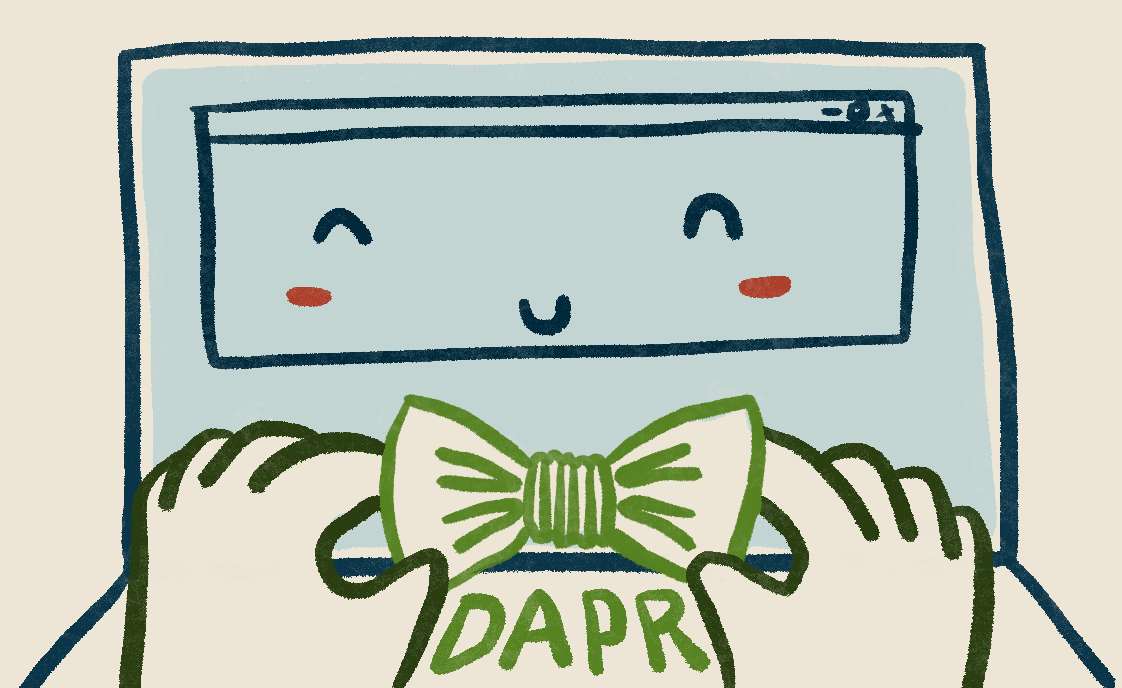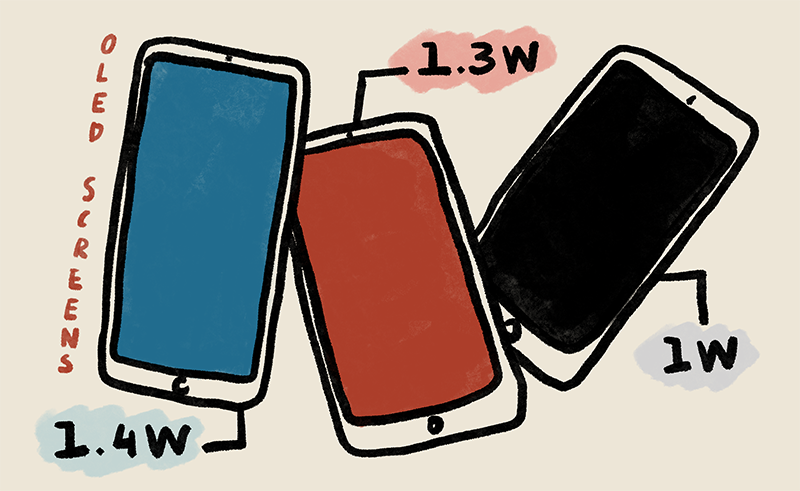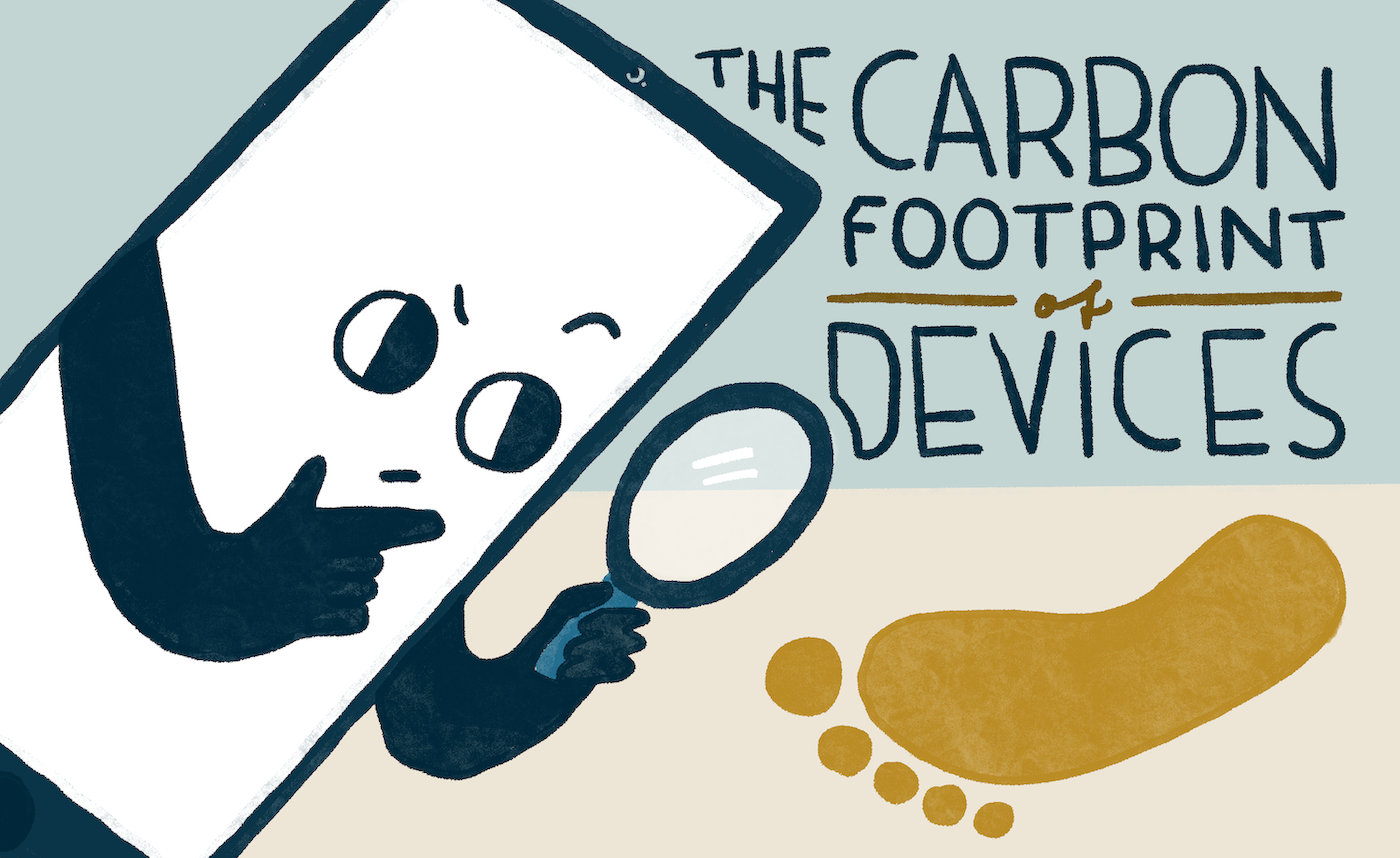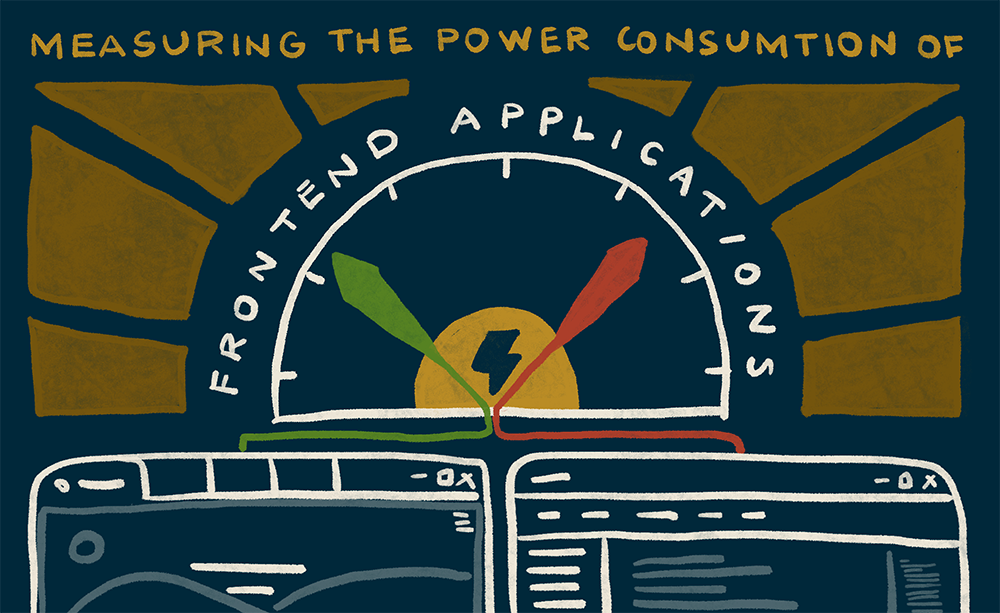Sustainable Software
Learn how to define, build and run sustainable software applications.
Latest posts

A dapper sustainability
How a runtime open source project like Dapr can help make applications more sustainable, and call to action for developers to contribute with their work to a sustainable microservice that can measure and optimize the carbon impact of a Dapr application.

Using software for sustainability – How Surfrider protects the oceans with AI
On the Sustainable Software blog, there have been a lot of great articles around reducing the environmental impact of software. This article covers a software platform built for helping sustainability. Discover how a team of Open-Source contributors helps an NGO

Does the Language You Choose Change the Carbon Impact of Client UI Apps?
In my previous post here, I went over how you can use the energy monitoring framework built into Windows (on battery powered devices) to estimate the energy consumption of your applications. In this post, I am taking it a step further and using the energy monitoring framework to evaluate application tradeoffs a developer might make to optimize their carbon impact, particularly that of the language and UI framework for the application. Application Measurements In my previous article I referred to a project that was an attempt to compare the energy use of languages https://github.com/greensoftwarelab/Energy-Lang...

How Azure.com uses Serverless Functions for Consumption-based utilization and reduced always-on electric footprint
In June 2020, we shared how Azure.com achieves a global scale and how Sustainable Software Engineering principles were at the center. In this post we discuss how serverless architecture helped us create more sustainable apps and saved us 10x in azure spend for our data pipeline middleware. By shifting our workloads from always-on to on-demand (i.e. sustainable engineering), our carbon efficiency has significantly improved. Migration to Serverless In November 2020, Azure.com successfully completed the migration of dozens of data pipelines from dedicated always-on App Service WebJobs to Serverless Functions u...

Adopting Azure serverless architectures to help reduce CO2 emissions – Part 1
The article explains how serverless architectures can be used to enable sustainable software engineering principles. It takes a sample claim processing system and provides a thought process on how to use Azure serverless components like functions and Event grid to build out a reference architecture and showcase key design patterns.

Green Energy Efficient Progressive Web Apps
The average Windows user spends 60% of their time in the browser and therefore... on web pages. As a web developer, can we adjust our code to reduce its carbon footprint? This post discusses two ways to make web applications more energy efficient.

Examining the Carbon Footprint of Devices
Many of us are reliant on electronic devices but they come with a significant cost in terms of carbon and e-waste. With a little forethought and understanding of the carbon footprint of these devices, there are tangible and effective ways to reduce emissions with minimal adverse impact.

How To Measure The Power Consumption of Your Frontend Application
The second principle of Sustainable Software Engineering is to build energy efficient applications. The very first step in that direction is to measure the energy cost of your application. This post will answer the question "what is the best way to measure the energy consumption of your front end service?".

Carbon-Aware vs. Carbon-Efficient Applications
If a user is aware a choice is being made to reduce carbon emissions, then the application becomes a carbon-aware application and not just a carbon-efficient application.
